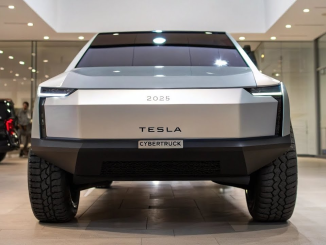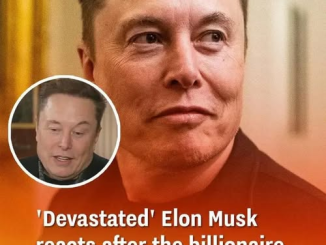
The auto industry has a long and storied list of legendary failures — from Ford’s explosive Pinto to the infamous Pontiac Aztek and the DeLorean DMC-12 that fizzled out despite its Hollywood fame. But now, a new name is rapidly climbing to the top of that hall of shame: the Tesla Cybertruck.Billed as a revolutionary blend of futuristic design and cutting-edge engineering, the Cybertruck was Elon Musk’s boldest gamble yet. But just over a year into its market life, it’s shaping up to be one of the biggest blunders in automotive history — an $82,000 stainless steel monstrosity that’s burning through investment faster than it can deliver results.With nearly $1 billion in development costs and a production infrastructure built to deliver on promises that never materialized, the Cybertruck is now viewed by critics and analysts alike as Musk’s most expensive mistake.The Cybertruck debuted in November 2019 with a bang — literally. During its unveiling, Tesla design chief Franz von Holzhausen famously smashed the vehicle’s “armor glass” window with a steel ball, only for it to shatter on stage.
The moment went viral, and while Musk laughed it off with a joke about fixing it “in post,” the incident foreshadowed what would become a long list of embarrassing missteps.Now, more than five years later, the fallout is clearer than ever. Instead of becoming a best-selling electric pickup, the Cybertruck has become an internet punchline, a PR headache, and a financial sinkhole. It’s not just the oddball design that’s drawn fire — it’s everything from plummeting resale values to eight recalls in just over a year, including one for a body panel that could fall off mid-drive.When Musk first teased the Cybertruck, he predicted sales of 250,000 units per year. By comparison, Tesla sold fewer than 40,000 units in 2024, according to Cox Automotive — a figure that wouldn’t even qualify it as a niche success, let alone a flagship.Worse still, those numbers are trending downward, with sales in January and February 2025 showing continued decline.To put that into context: Ford’s infamous Edsel — long considered a benchmark of automotive failure — was expected to sell 200,000 units a year in the late 1950s but managed just 63,000. The Edsel was discontinued in two years. The Cybertruck is on a similar trajectory — only with a far larger budget and way more media exposure.
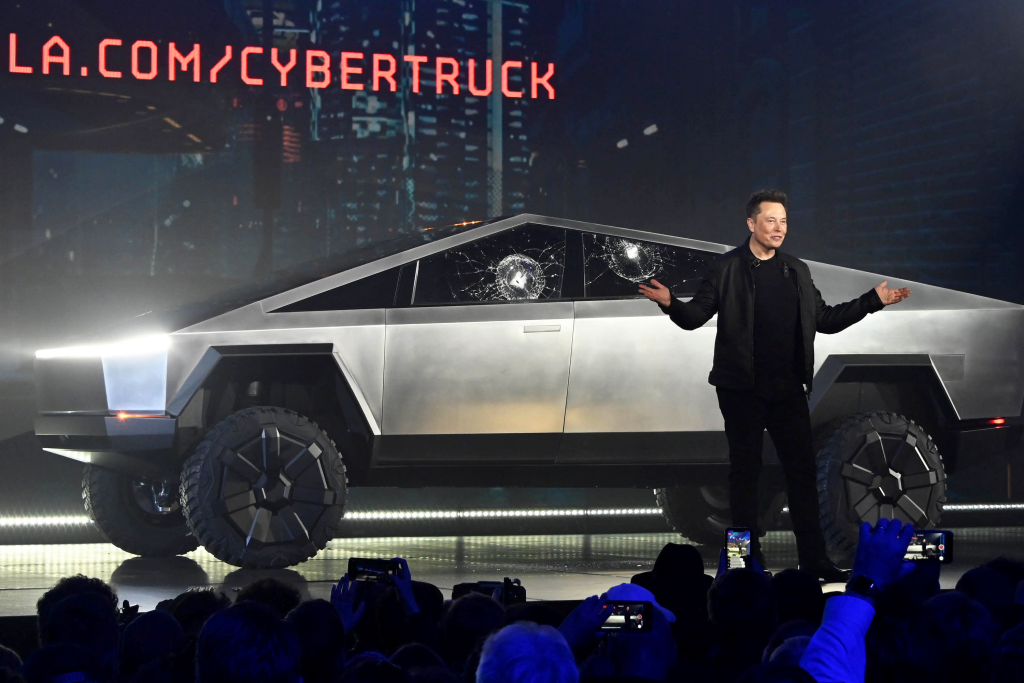
The situation is not isolated to the Cybertruck. Tesla’s global vehicle deliveries fell 13% in Q1 2025, down to 337,000 vehicles, missing analysts’ forecasts of 408,000. Tesla doesn’t break out Cybertruck sales individually, grouping them instead with the aging Model S and Model X — but insiders suggest the Cybertruck’s poor performance is dragging down the numbers.Tesla has poured roughly $900 million to $1 billion into the Cybertruck project, including setting up its dedicated production line in Austin, Texas. But unlike other Tesla models, the Cybertruck shares no platform with the rest of the lineup, making it a costly outlier.Instead of amortizing development costs across multiple vehicles, as most automakers do, Tesla went all-in on a vehicle designed for a niche market — and that market simply hasn’t materialized.“The assumption was that demand would be off the charts,” said Glenn Mercer, an independent automotive analyst. “But they misread the market, badly. Now they’re stuck with a production facility built to make a quarter million trucks a year and no buyers.”
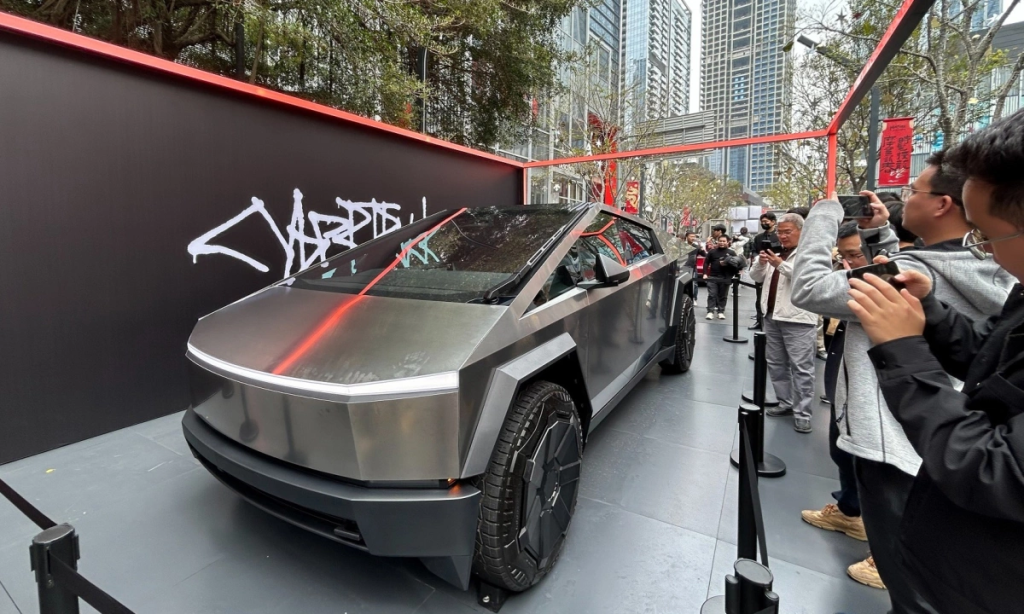
Even more puzzling was Tesla’s decision to skip paint altogether, using raw stainless steel for the body — a move that was supposed to save $200 million in paint shop costs. But that stainless steel has proven problematic: it’s fingerprint-prone, hard to shape, and easy to dent or scratch. What was meant to be a feature became a liability.As Mercer puts it, “They saved $200 million on paint but spent hundreds of millions more trying to make stainless steel work. It’s a net loss disguised as innovation.”When Musk first introduced the Cybertruck, he promised an affordable entry-level model priced at $39,900. That version never materialized. Instead, the lowest-priced Cybertruck currently on offer starts at $82,235, while the top-end “Cyberbeast” trim reaches $105,735 — putting it far out of reach for many consumers and disqualifying it from federal tax credits.The market responded accordingly. Today, used Cybertrucks are selling for under $70,000, and Tesla is reportedly sitting on $200 million worth of unsold Cybertruck inventory, according to Electrek. The steep price drop in the used market is a direct reflection of crumbling consumer confidence and lackluster real-world performance.
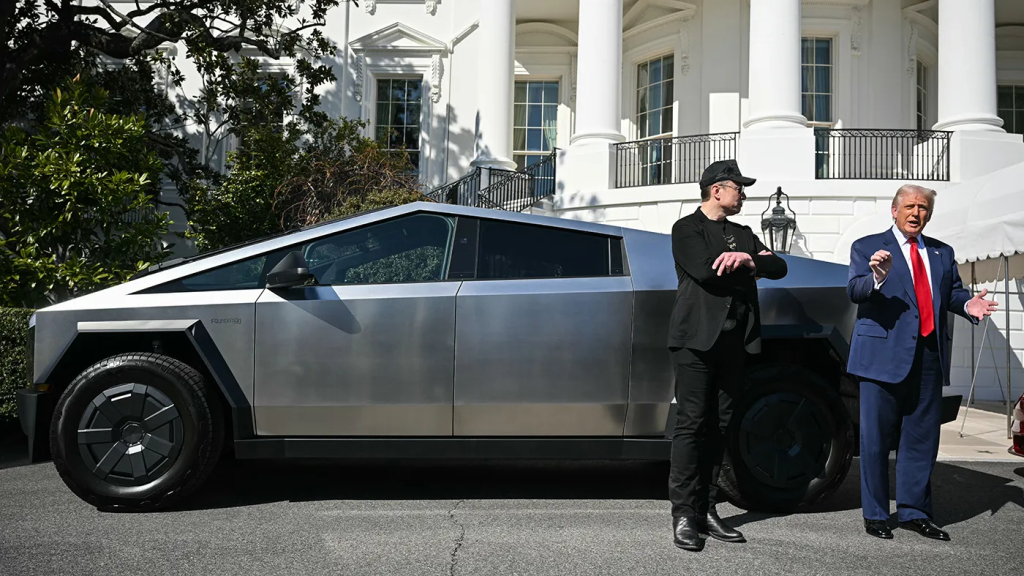
Perhaps the Cybertruck’s biggest failure is that it simply doesn’t do the job it’s meant to do — be a truck. Critics point out its awkward geometry makes it difficult to load cargo, while its off-road performance lags behind traditional rivals. Owners have posted countless videos of Cybertrucks getting stuck, being towed by Ford F-150s, and failing basic utility tasks.Entire Reddit communities like r/CyberStuck have emerged, devoted entirely to documenting the vehicle’s flaws. With over 280,000 members, it’s not a niche echo chamber — it’s a digital monument to one of Tesla’s biggest flops.Cybertruck’s shortcomings aren’t just engineering failures — they’re now political and cultural flashpoints. Tesla’s declining reputation has been fueled in part by Elon Musk’s increasingly controversial public persona, including mass layoffs, divisive statements, and erratic behavior on X (formerly Twitter). For many would-be buyers, Musk himself has become a liability, and the Cybertruck is its symbol.

Even Tesla loyalists are showing signs of doubt. Once fervent supporters are now questioning whether the company’s innovation-first mantra has morphed into blind overconfidence. Where Tesla once led the EV market by miles, it’s now being outpaced by competitors like Rivian, Lucid, and legacy automakers with deep pockets and decades of experience in building trucks that people actually want.For industry experts like Eric Noble — President of CARLAB and professor at California’s ArtCenter College of Design — the Cybertruck is more than a commercial misfire; it’s a case study in unchecked ambition.“It was a big swing,” Noble said, “and a total miss.”Musk’s attempt to reinvent the pickup truck was bold, but he underestimated the complexities of vehicle manufacturing, misjudged the customer base, and overpromised on capability. The result? A costly, underperforming outlier that is now dragging down Tesla’s brand value and financials.The Cybertruck may still have time to recover — Tesla has pulled off late-game turnarounds before. But as it stands, this stainless steel dream is tarnished. For a vehicle designed to be “bulletproof,” it’s taken more shots than it can handle.Burning through $1 billion in investment, alienating core customers, and delivering a truck that can’t do truck things, the Cybertruck is no longer just a disappointment — it’s a warning. A reminder that even the most daring visionaries can fall when they stop listening to the fundamentals.And for Elon Musk, that might be the most expensive lesson of all.

